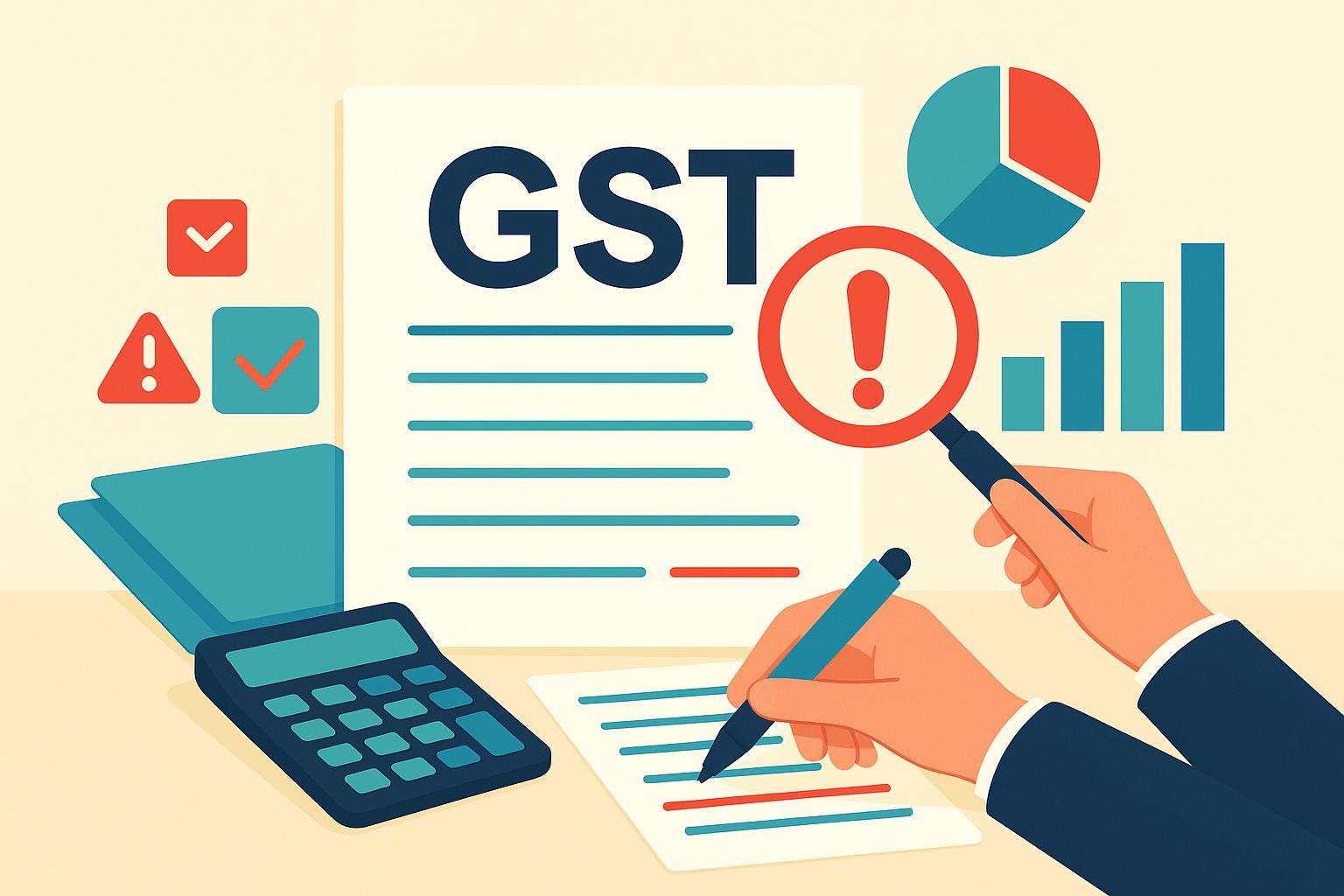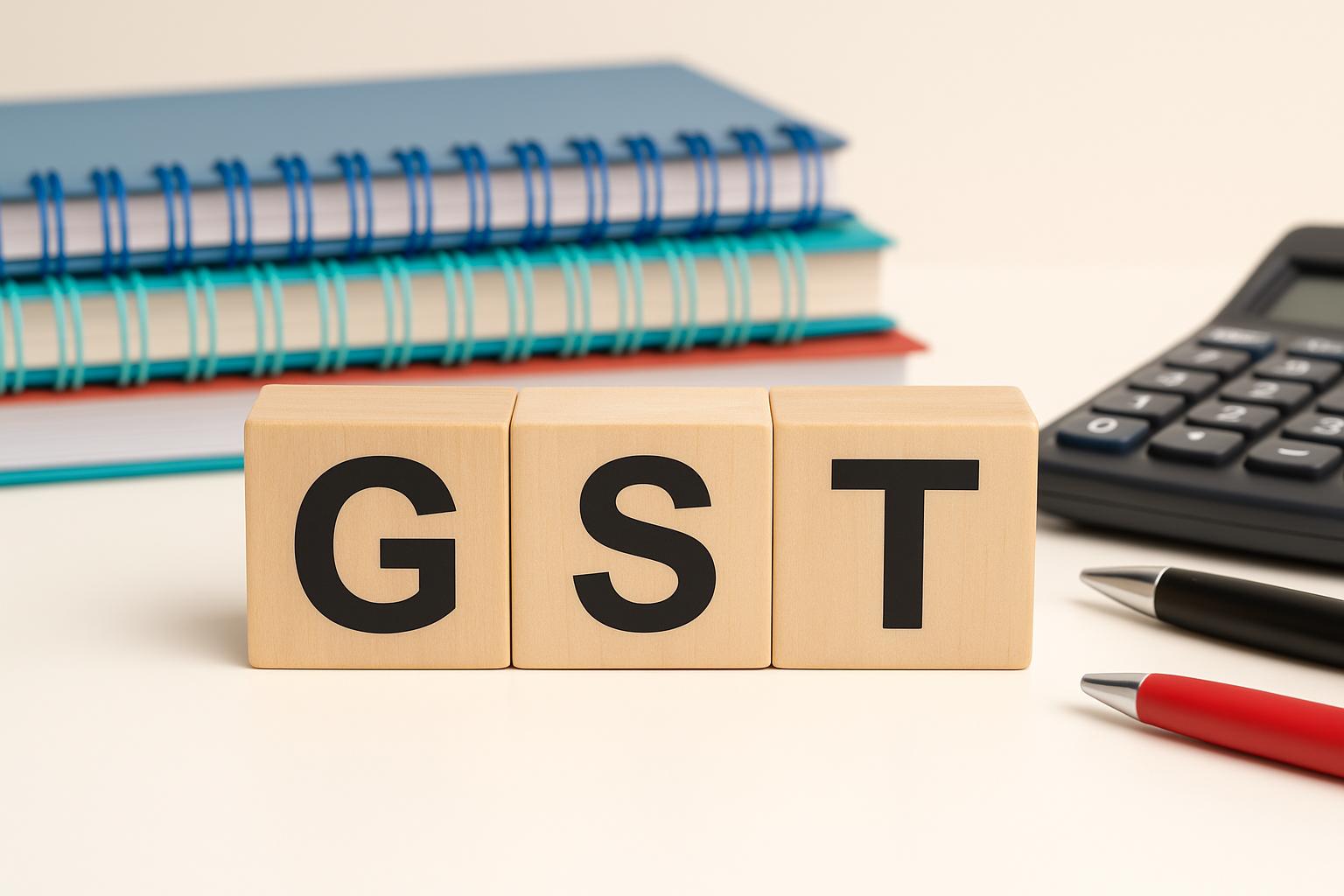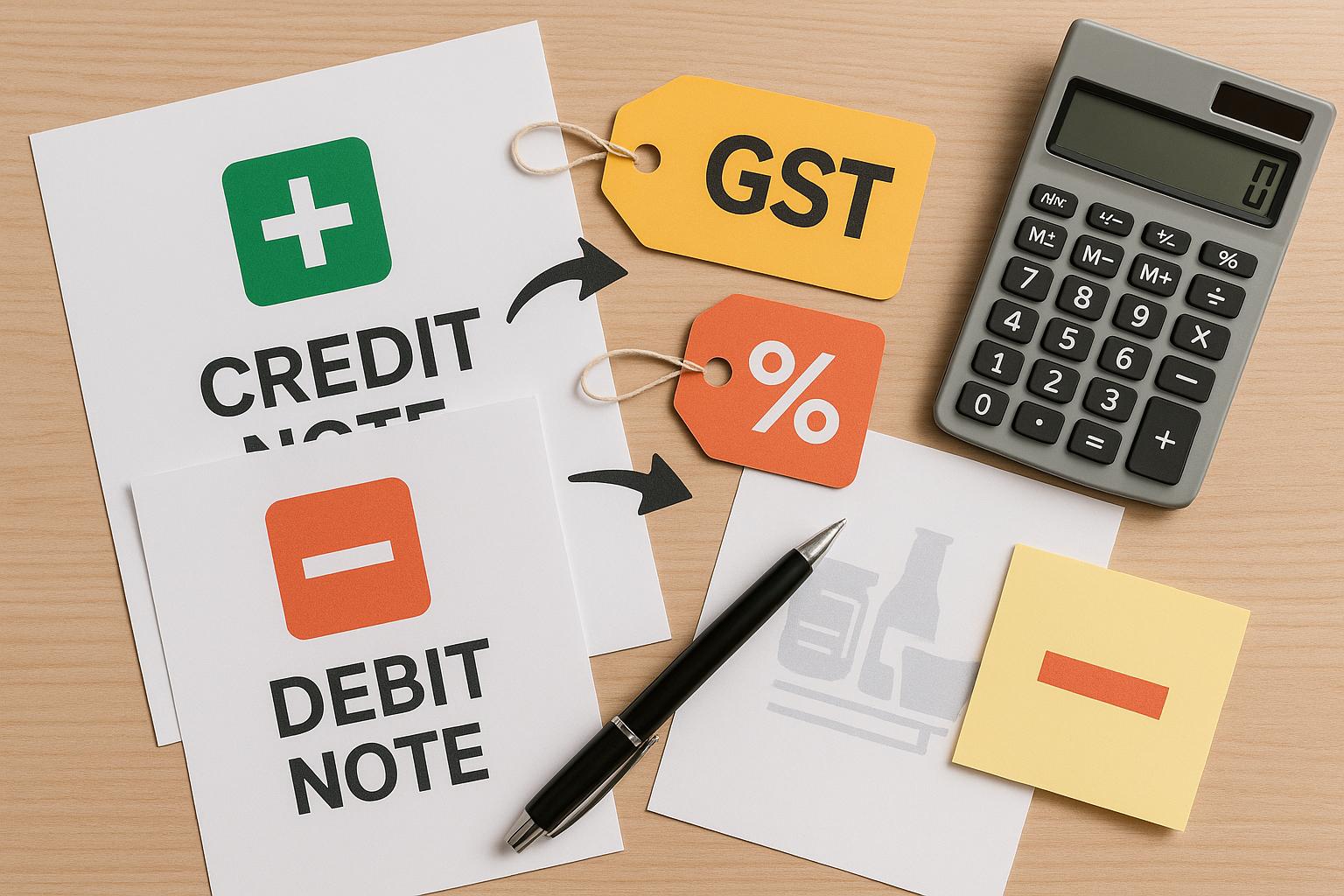The shop that kept cutting prices
There’s a shop in my neighborhood that sells branded shoes. The owner, let’s call him Ramesh, used to believe that as long as his MRP matched the big retail chains, he’d be safe.
But when sales slowed down, he panicked and started offering deep discounts. At first, customers flocked in. But soon, people started questioning the product quality — “Why is it so cheap? Is it original?” Within a year, Ramesh’s loyal base disappeared.
That’s when he realized something many businesses overlook: pricing isn’t about copying MRPs. It’s about customer perception, discount discipline, and the hidden cost of keeping customers happy.

Perceived value: More than just the number on the tag
Ramesh thought customers wanted the lowest price. But in reality, they wanted trust and quality. A rival shop down the street sold the same shoes at a higher price but packaged them in sleek boxes, offered a 15-day return guarantee, and gave personalized service. Guess where the customers went?
Practical takeaways:
- Customers pay for peace of mind, not just the product.
- A slightly higher price with better service often builds stronger loyalty.
- Small details like packaging, after-sales support, or even a friendly smile can justify a premium.
The discount trap: When more sales mean less profit
In his rush to win back customers, Ramesh began offering buy-one-get-one deals. Sales skyrocketed. But when we did the math, he was barely breaking even. Worse, customers now refused to buy unless there was a discount.
The CFO-style lesson here:
- Discounts train customers — once they expect it, it’s hard to go back.
- Before running an offer, ask:
- Does it build loyalty or just one-time sales?
- Am I sacrificing future profits for today’s cash?
- Can I bundle services instead of slashing prices?

The cost of retention: What it really takes to keep customers
Here’s what many shop owners (and even big companies) miss: it’s not just about winning customers once. It’s about keeping them without bleeding money.
Ramesh spent heavily on freebies, loyalty cards, and extended discounts to lure back old customers. But when we calculated his Customer Retention Cost (CRC), it was higher than his profit margin per customer. In short, he was paying more to keep them than he was earning.
Smart pricing rule:
- Always measure Customer Lifetime Value (CLV) vs. Retention Cost.
- If retention costs are too high, rethink whether you’re chasing the right customers.
- Sometimes, fewer but loyal premium buyers are better than a crowd of discount hunters.
Turning point: From discounts to value
Finally, Ramesh changed strategy. Instead of racing to the lowest MRP, he focused on:
- Better packaging (branded bags and boxes)
- Clear return policy
- Personalized service (“We’ll call you if your size is back in stock”)
- Moderate pricing without crazy discounts
Within months, customers started returning. Sales stabilized, and his profits grew healthier — not because he matched the market’s MRP, but because he built trust and perceived value.

Conclusion: The real price of success
What Ramesh’s story teaches us — and what I’ve seen time and again in business — is simple:
- MRP is just the starting point. Don’t confuse it with strategy.
- Perceived value beats cheap pricing every single time.
- Discounts should be smart, not desperate.
Retention costs must be measured — loyalty should add to profits, not eat them away.


















